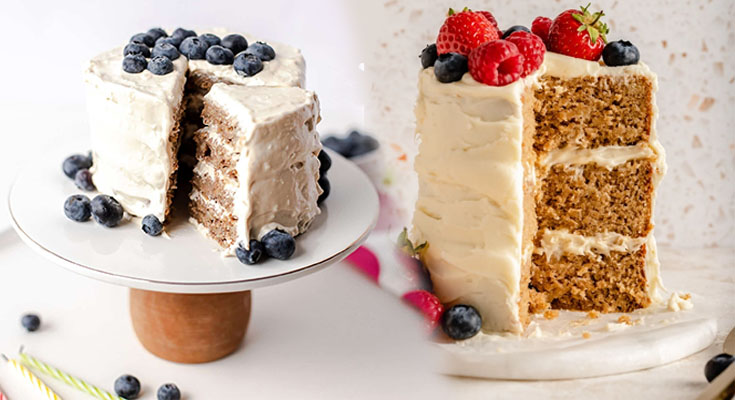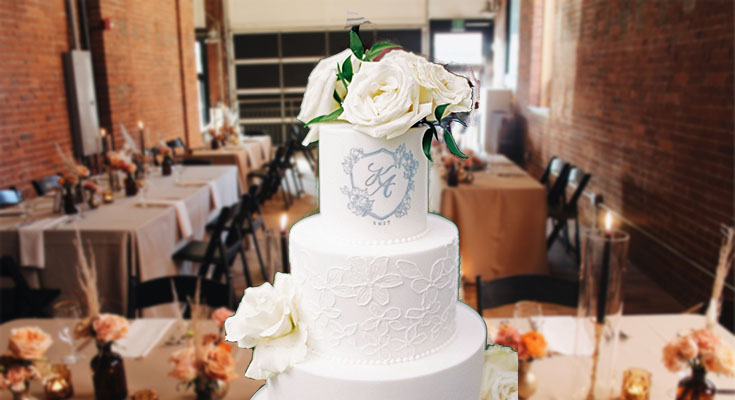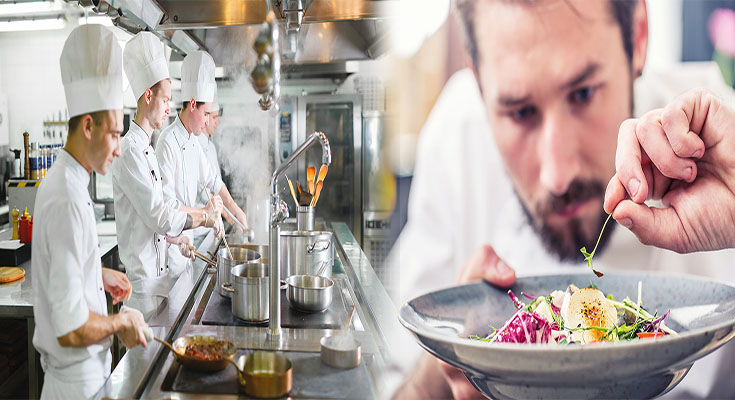
Crafting a Naturally Sweetened No-Sugar Cake for Babies
Introducing your little one to the world of wholesome flavors need not compromise on health. A Naturally Sweetened No-Sugar Cake for babies provides a delightful alternative, ensuring that every bite is filled with natural sweetness and goodness. Join us on a journey of culinary discovery as we explore a recipe that brings joy to both parents and little taste buds.
Ingredients:
- 1 cup mashed ripe bananas
- 1/2 cup unsweetened applesauce
- 1/4 cup melted coconut oil
- 2 large eggs
- 1 teaspoon pure vanilla extract
- 1 1/2 cups whole wheat flour
- 1 teaspoon baking soda
- 1/2 teaspoon cinnamon
- Pinch of salt
- Optional: Finely grated carrots or apples for added natural sweetness
Instructions:
Preheat and Prepare:
Preheat your oven to 350°F (175°C). Grease and flour a baby-friendly cake pan or use silicone molds for individual servings.
Blend Wet Ingredients:
In a mixing bowl, combine mashed bananas, unsweetened applesauce, melted coconut oil, eggs, and vanilla extract. Blend until the mixture is smooth and well combined.
Combine Dry Ingredients:
In a separate bowl, whisk together whole wheat flour, baking soda, cinnamon, and a pinch of salt. These ingredients will provide a wholesome and nutritious base for your baby’s cake.
Mix Wet and Dry Ingredients:
Gradually incorporate the dry ingredients into the wet mixture, stirring until just combined. Be mindful not to overmix, as this may affect the cake’s texture.
Add Optional Ingredients:
For an extra burst of natural sweetness and nutrients, consider adding finely grated carrots or apples to the batter. These additions contribute to …
Crafting a Naturally Sweetened No-Sugar Cake for Babies READ MORE




